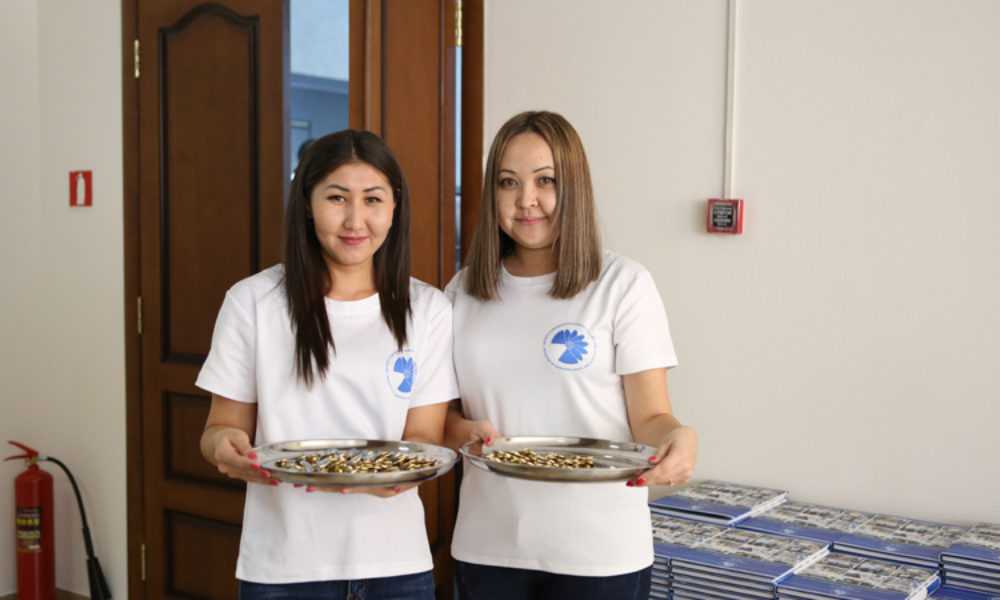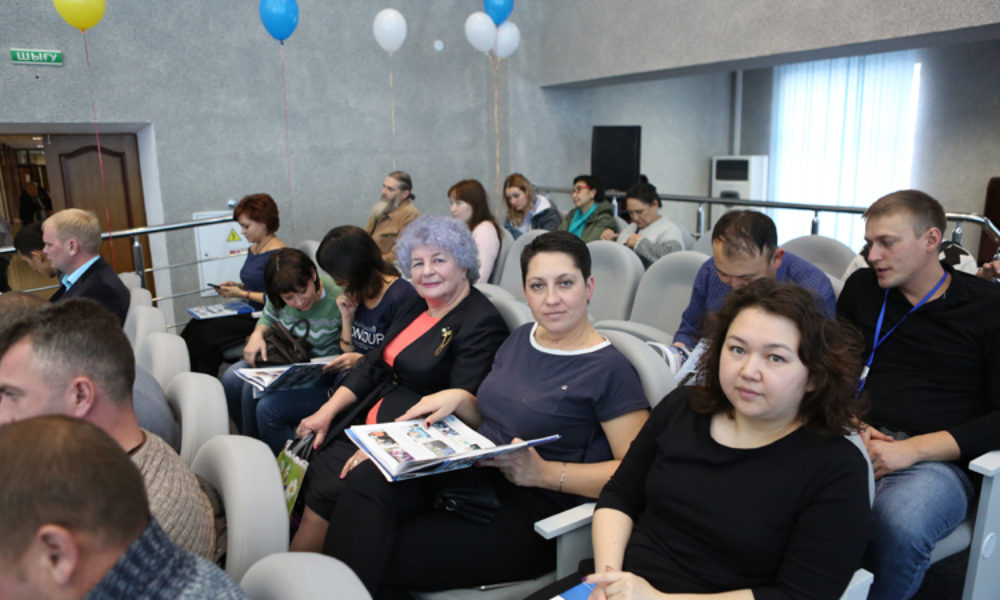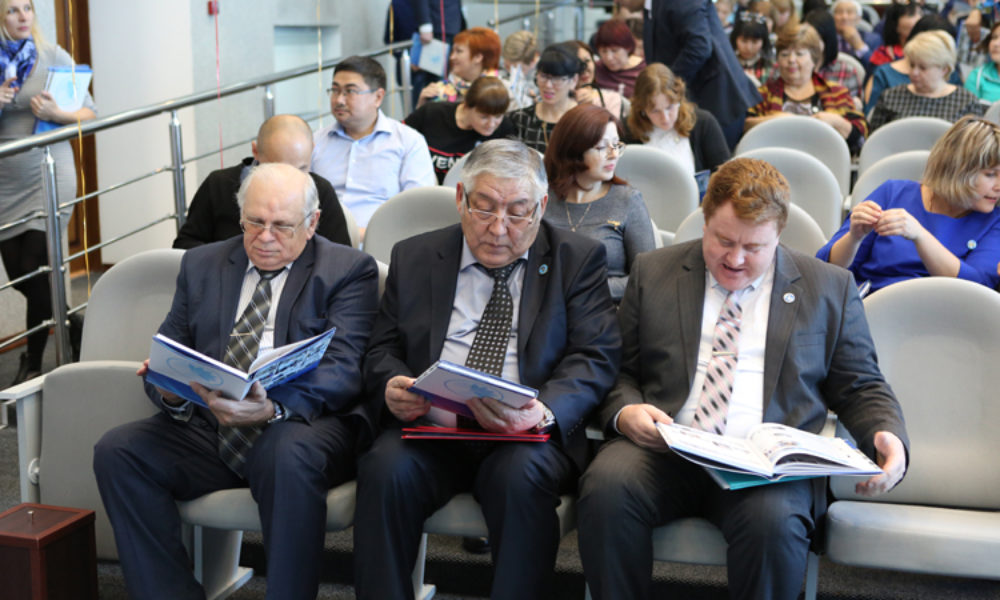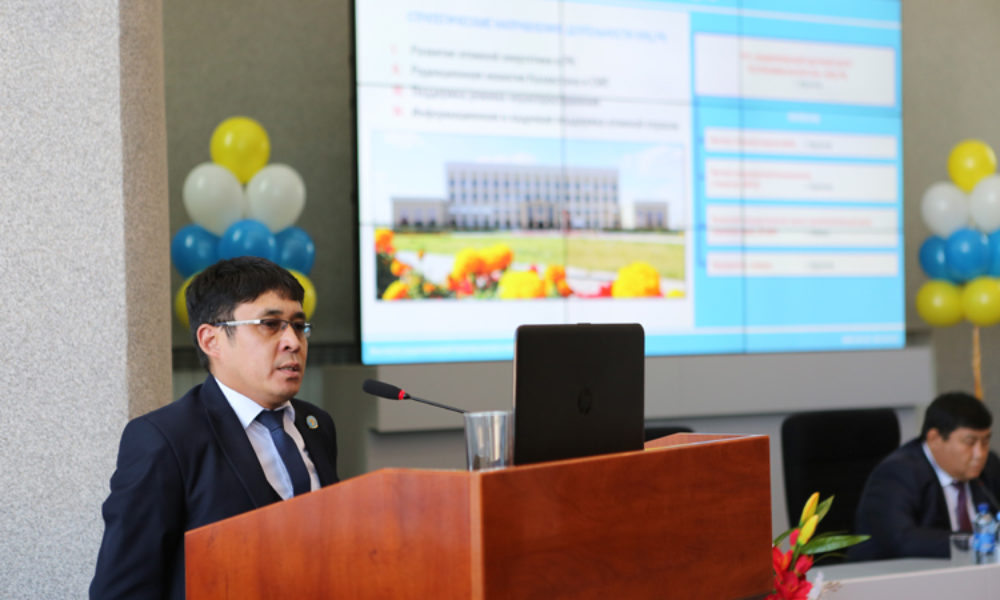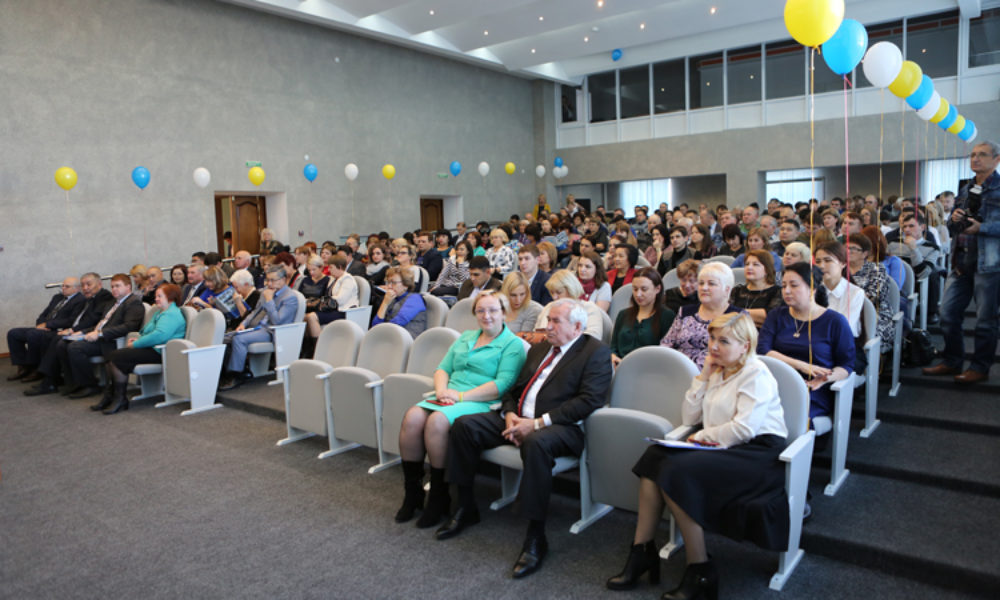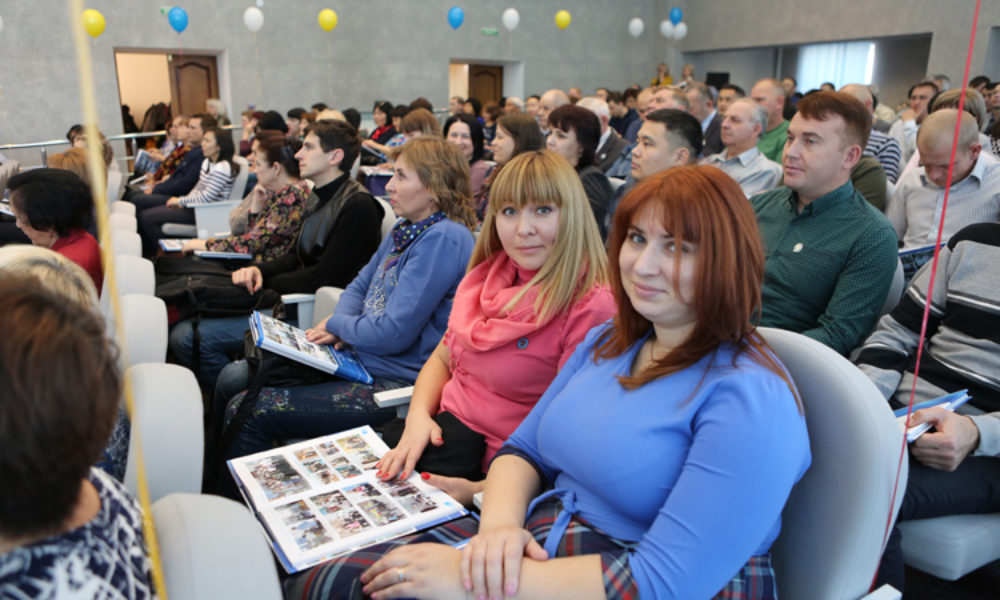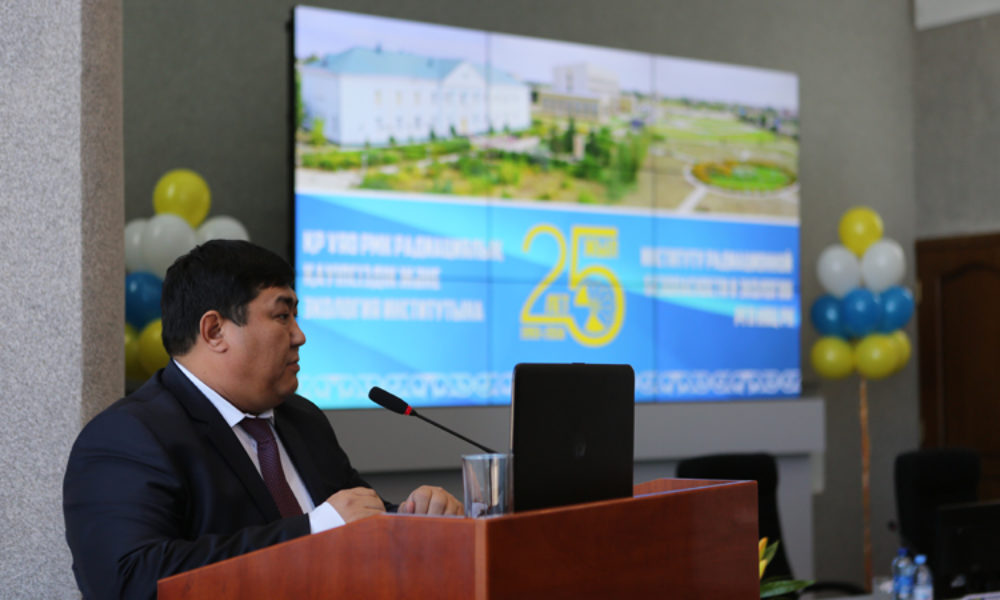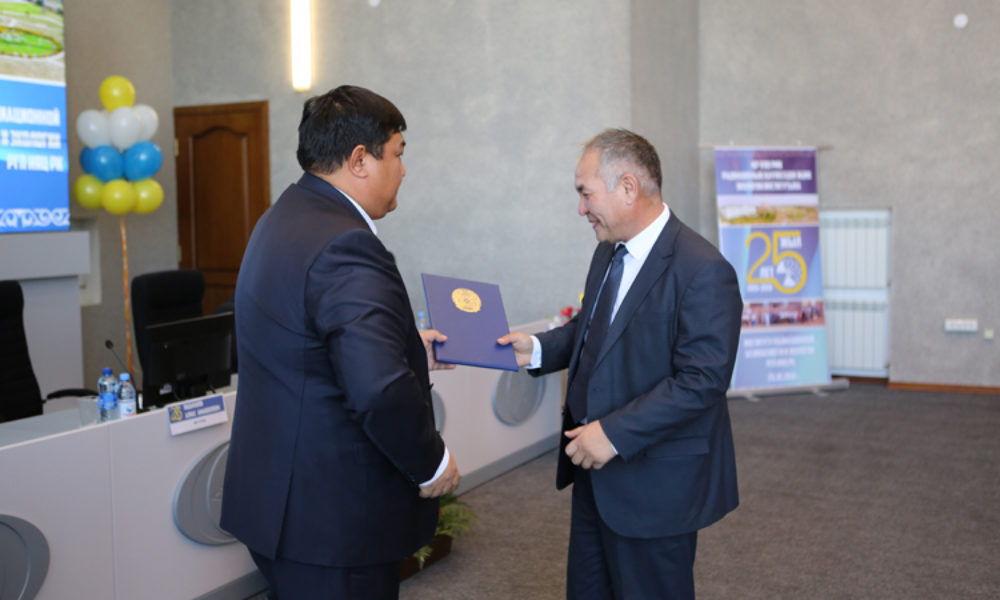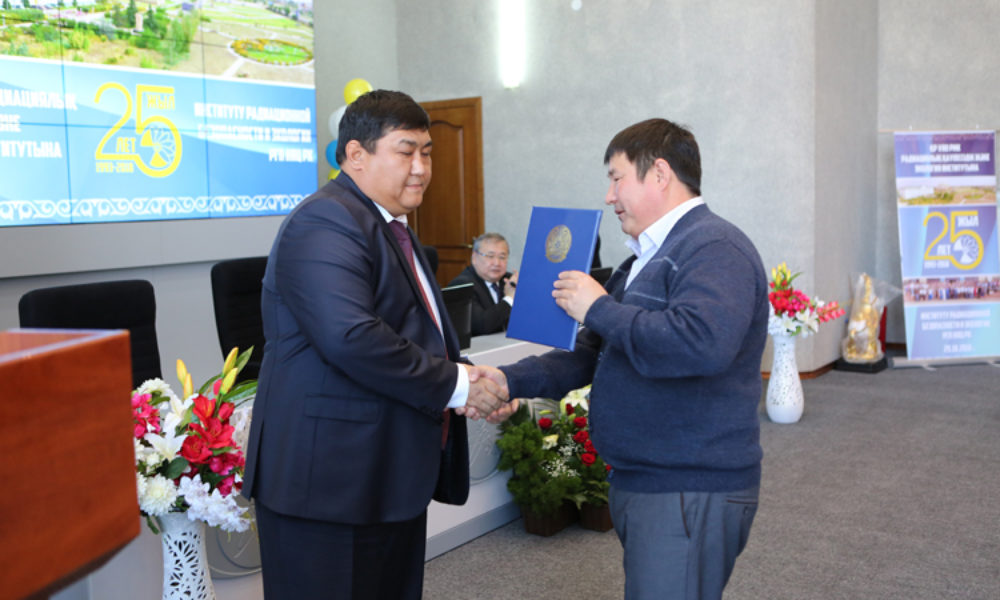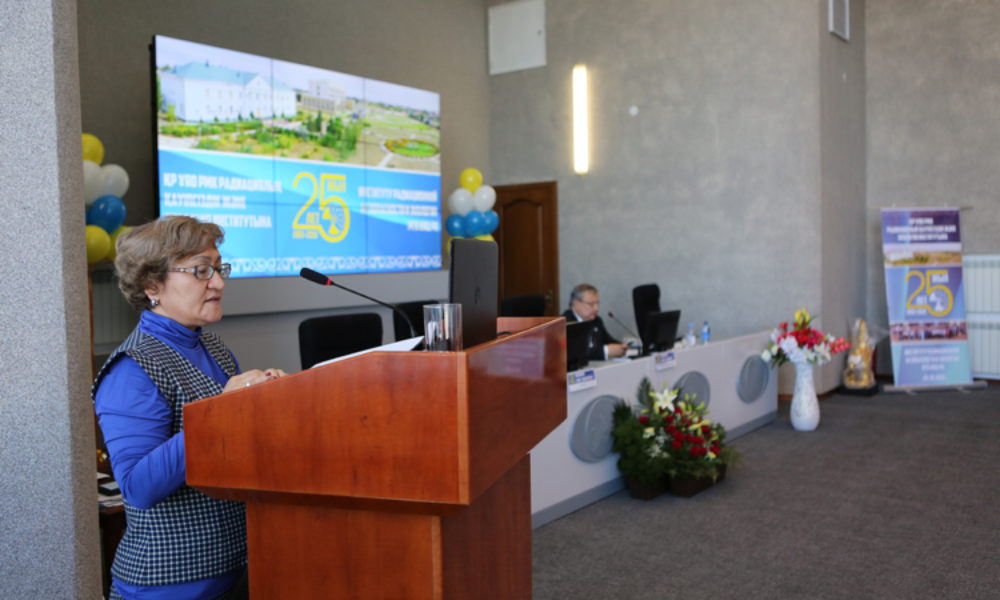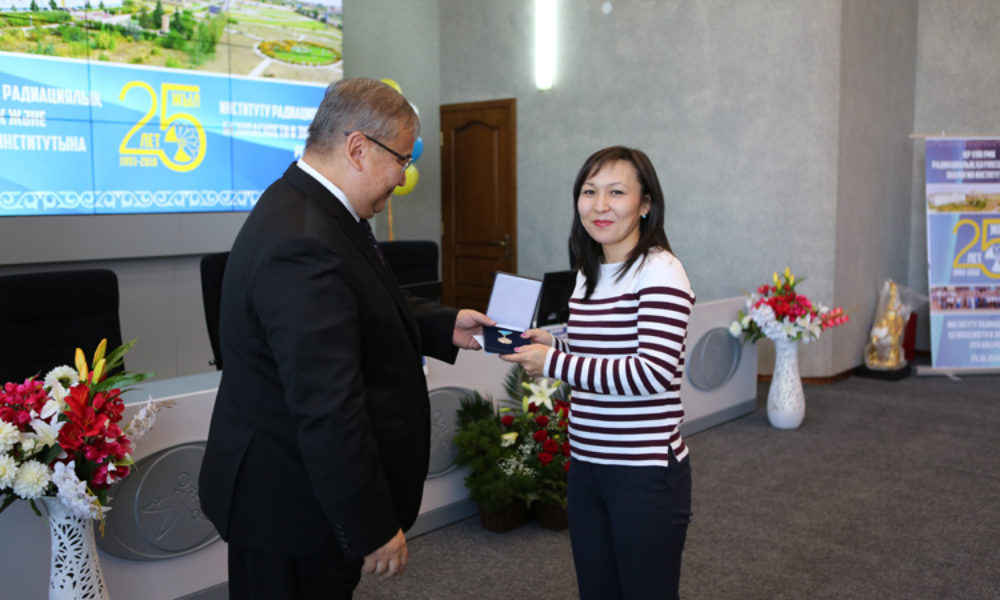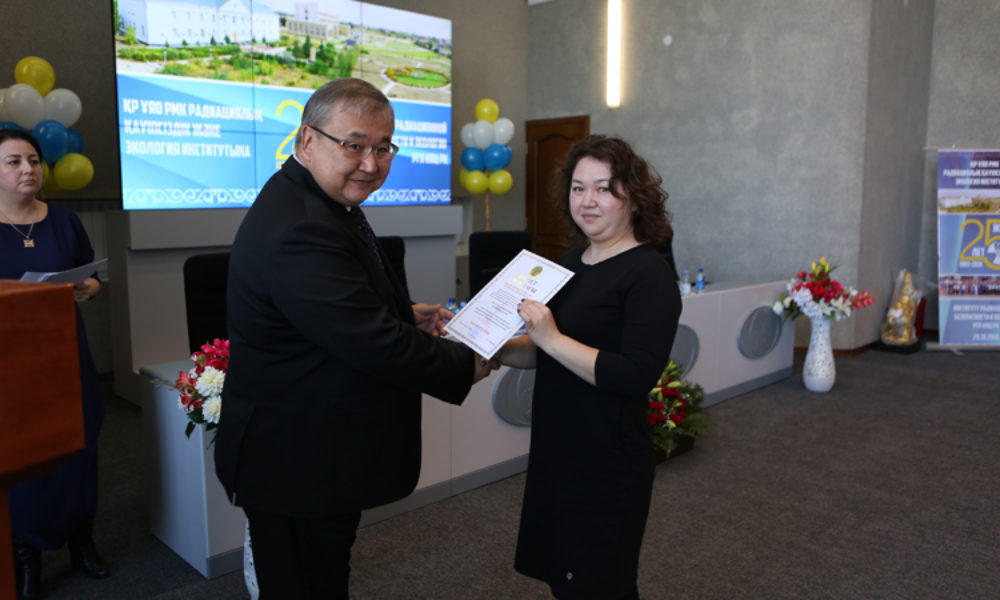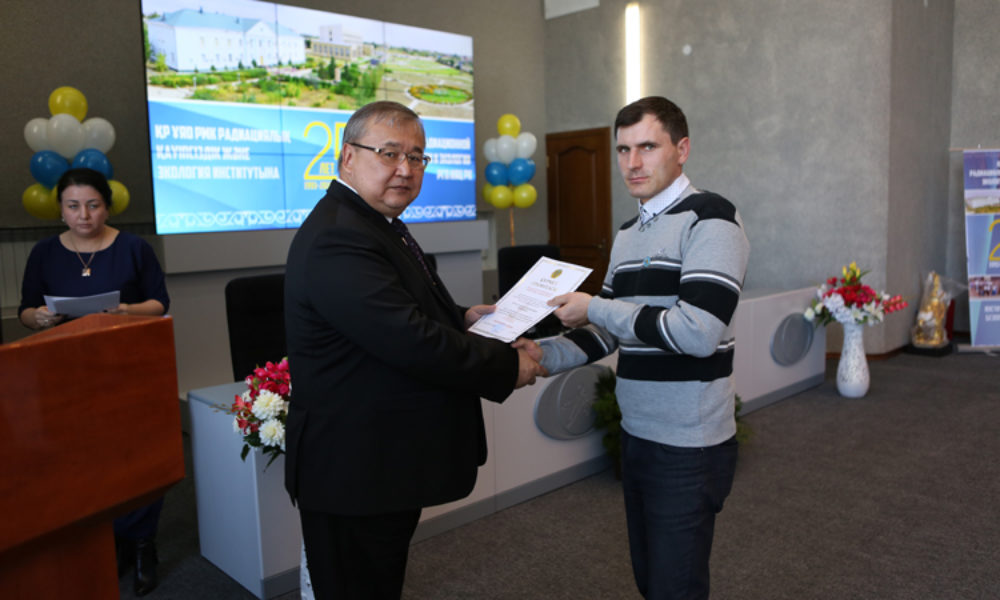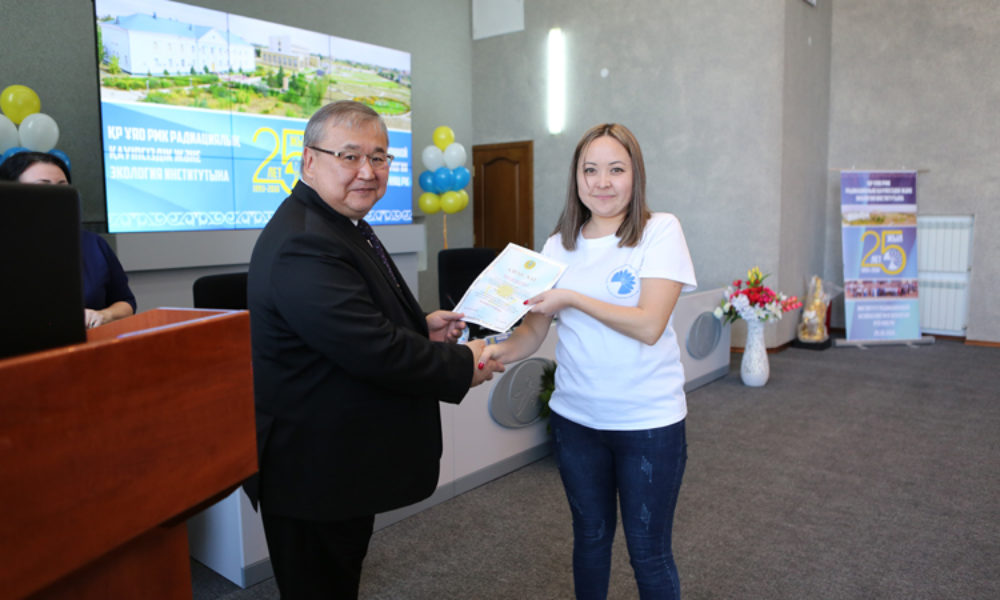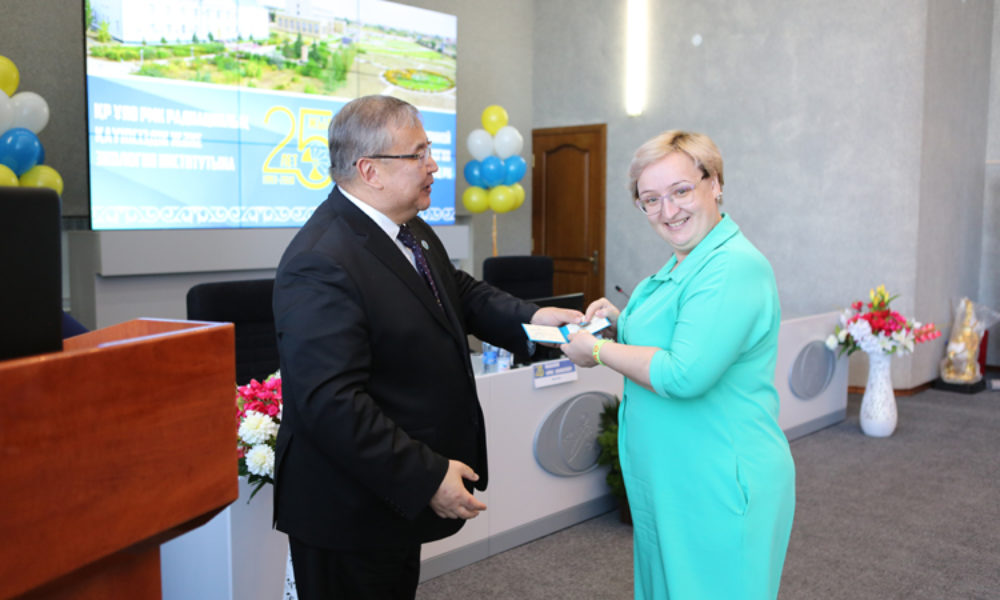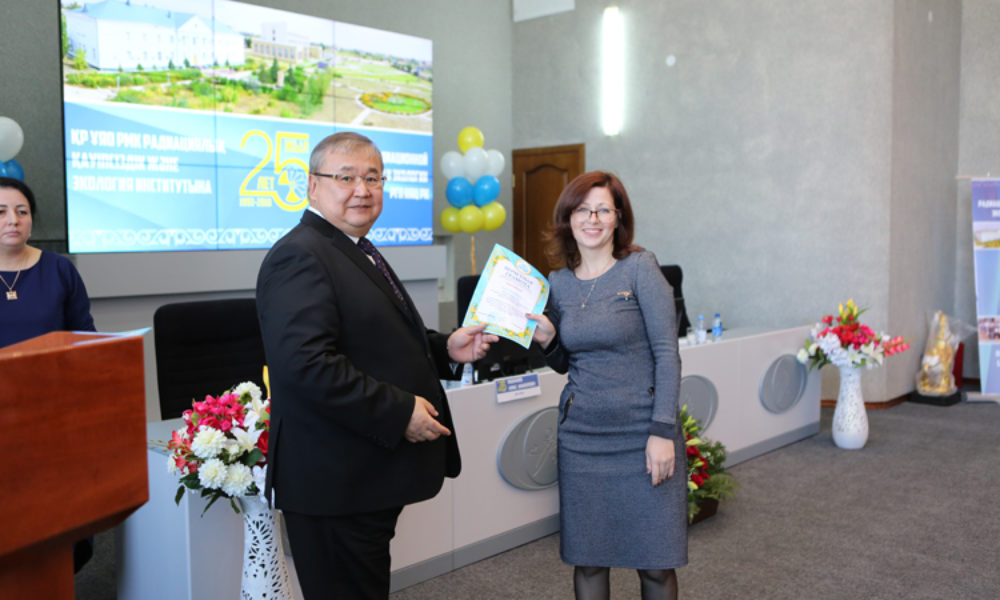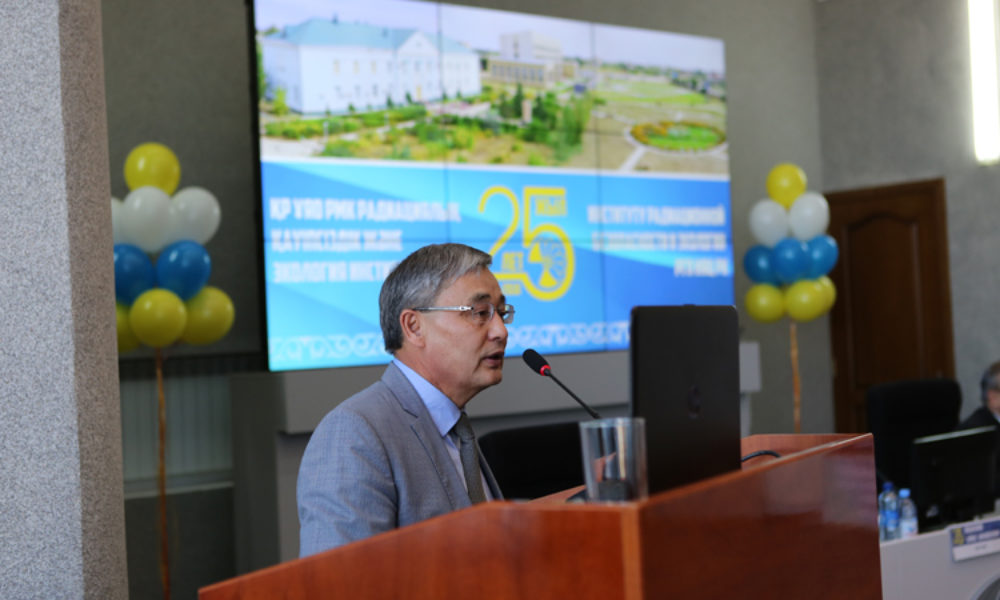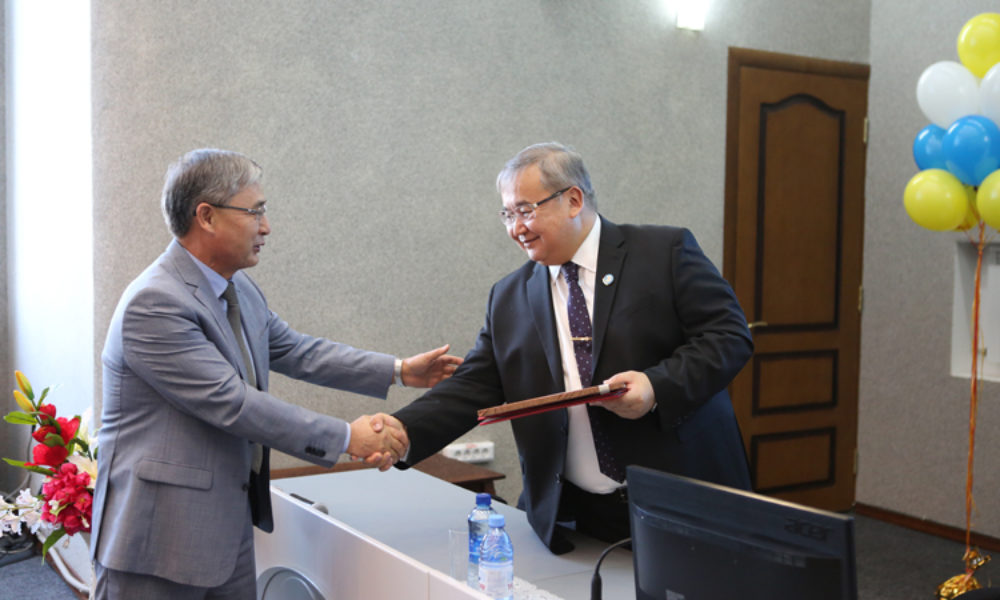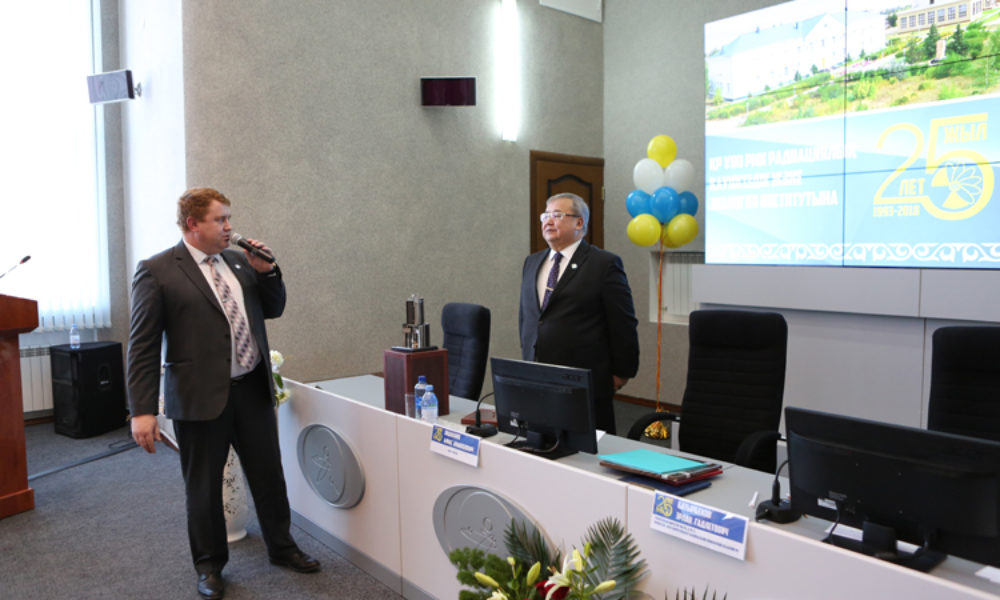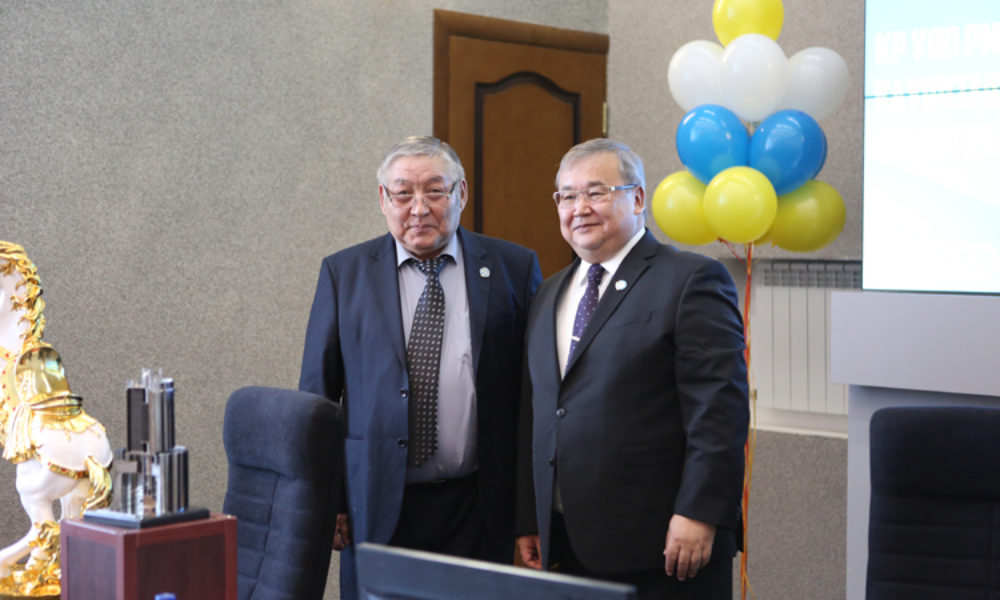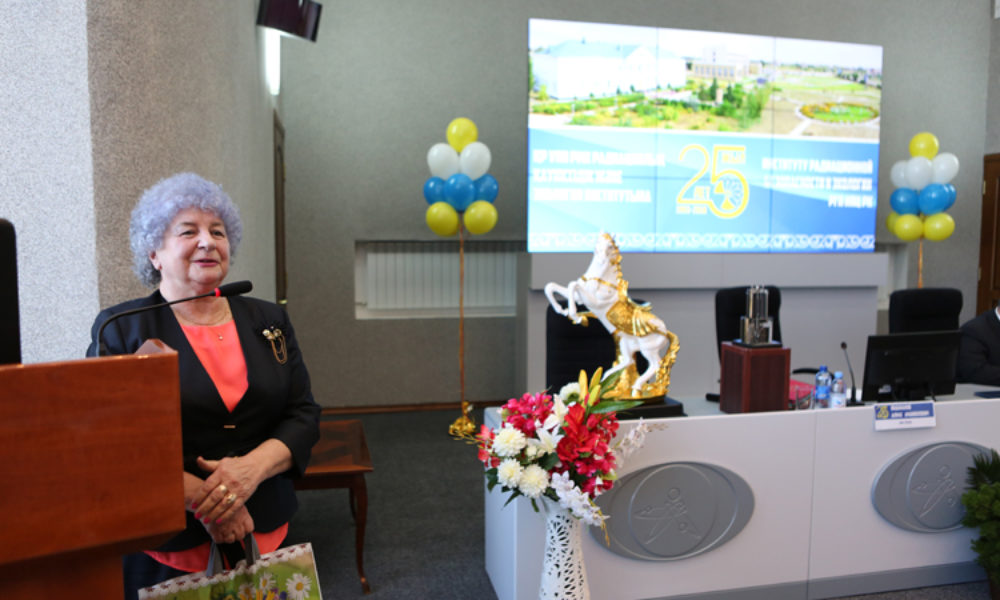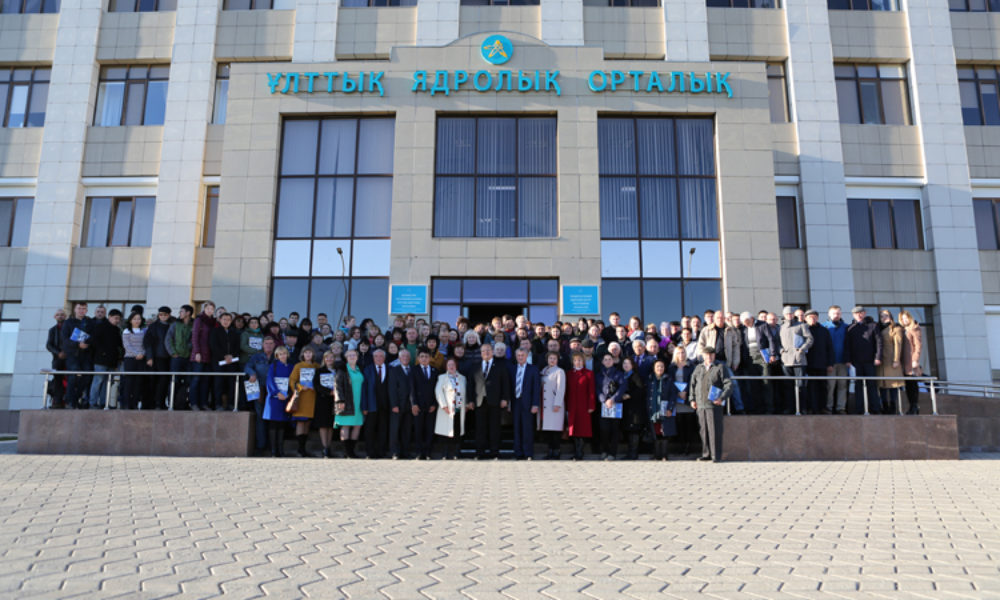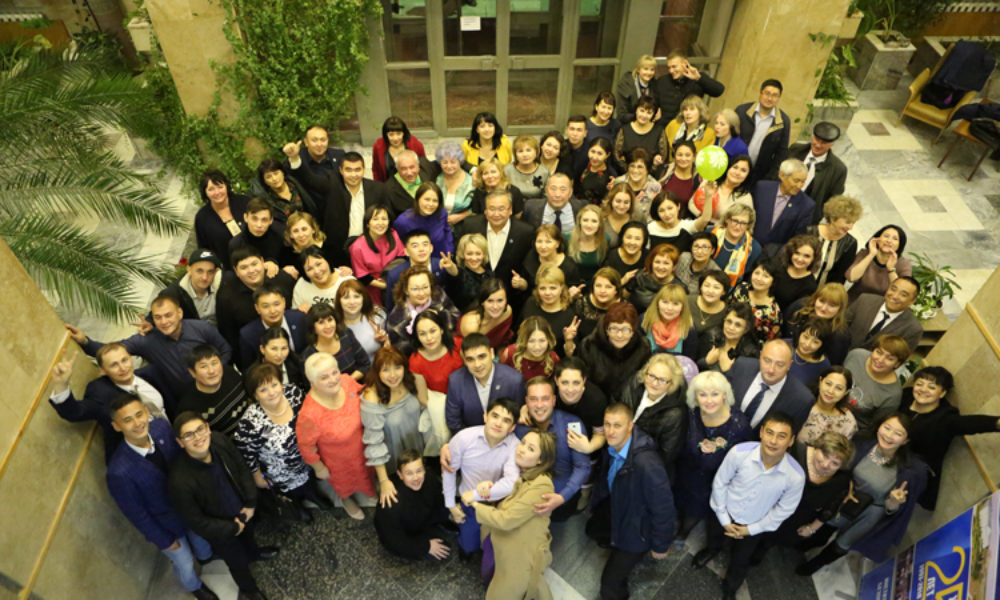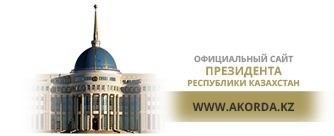25th anniversary of IRSE
29.10.2018
The idea to establish the Institute of Radiation Safety and Ecology (IRSE) arose after the closure of Semipalatinsk Nuclear Test Site (STS) when a new structure of the test site as a research center was formed. The Decree of RK President, N.A. Nazarbayev, No. 409 on STS closure was published on August 29, 1991, and in May of 1992 a Resolution of the Cabinet of RK Ministers No. 779 “On establishing the National Nuclear Center and the Atomic Energy Agency RK” was issued. BY the Resolution of the Cabinet of RK Ministers dated October 29, 1993 No. 1082, IRSE based on m/u 52605 became part of NNC RK.
Since it was set up, the entire history of the Institute has been inseparably related to the National Nuclear Center, and its activity – to the work at the test site.
A number of crucial issues were raised before the Institute’s team: what is the true radioecological situation at STS and adjacent territories, how much dangerous is it for the population? Because virtually all of the documents that contained information on the test site operation were unavailable in view of secrecy and being beyond the country. It became necessary to provide radiation support of activities on elimination of nuclear infrastructure that had began by that time and to plan remediation measures.
At such times difficult for the country, during the historically transitional period, it had to find answers to these and many other questions, lay foundations of scientific and economic activity for a new enterprise, create a functional structure, decide upon sources of funding, solve a variety of associated problems. All this was worthily accomplished by the first employees who had the whole weight laid down on their shoulders while the enterprise was forming.
A great contribution made by international organizations is worth noting because these provided a significant methodical hardware support for the young Institute. The International Science and Technology Center became one of such organizations which continues to render assistance as supplies of up-to-date equipment and grants provided for scientists thereby giving an opportunity to use their scientific potential and experience for peaceful purposes. Collaboration between the Institute and the International Atomic Energy Agency (IAEA) should be particularly mentioned. Institute’s staff members take fellowships, attend training courses in the largest world’s scientific and research centers, participate in work meetings arranged under the auspices of IAEA. In addition, materials of the comprehensive radioecological studies of STS territories undergo a compulsory expert examination by IAEA’s experts. A large number of unique items of analytical equipment were receive as part of technical cooperation projects.
Nowadays it is safe to say that high-priority tasks set before the Institute of Radiation Safety ad Ecology have been solved. A great amount of information has been gathered regarding the current radiation situation at STS and adjacent territories, infrastructure created for nuclear testing fully eliminated and secured, all of the significant radioactively contaminated areas revealed, concentrations of man-made radionuclides in major environmental media determined at the high-quality level as well as levels of toxicants and microelements, the major migration pathways and mechanisms of radioactive substances determined. Considering a huge STS area the number of tests conducted there, a wide range of radiation situations and conditions in which these took place, it would be impossible to obtain such a dataset even over 25 years without a clear, well co-ordinated work of highly-qualified team of the Institute and the entire National Nuclear Center. Infrastructure was successfully rehabilitated, and a unique analytical laboratory basis created which perhaps is the best in the country and in the whole post-Soviet space.
Thanks to the experience gained during the work performed at STS and competences, we have become a leading enterprise in the field of radioecology. As of today, the Institute has to solve problems related not only to STS activities but also to other strategic and socially important sites in Kazakhstan. These is remediation after activities of the Irtysh chemical ironworks and fire remedial measures at Toktau military arsenal as well as the study of radiation situation in the west of Kazakhstan and in Kalachi small village that became known all over the country. Undoubtedly, in subsequent years STS issues will remain a priority for the Institute as well as we are fully aware of our responsibility with respect to solving radiation problems in Kazakhstan on the whole.




